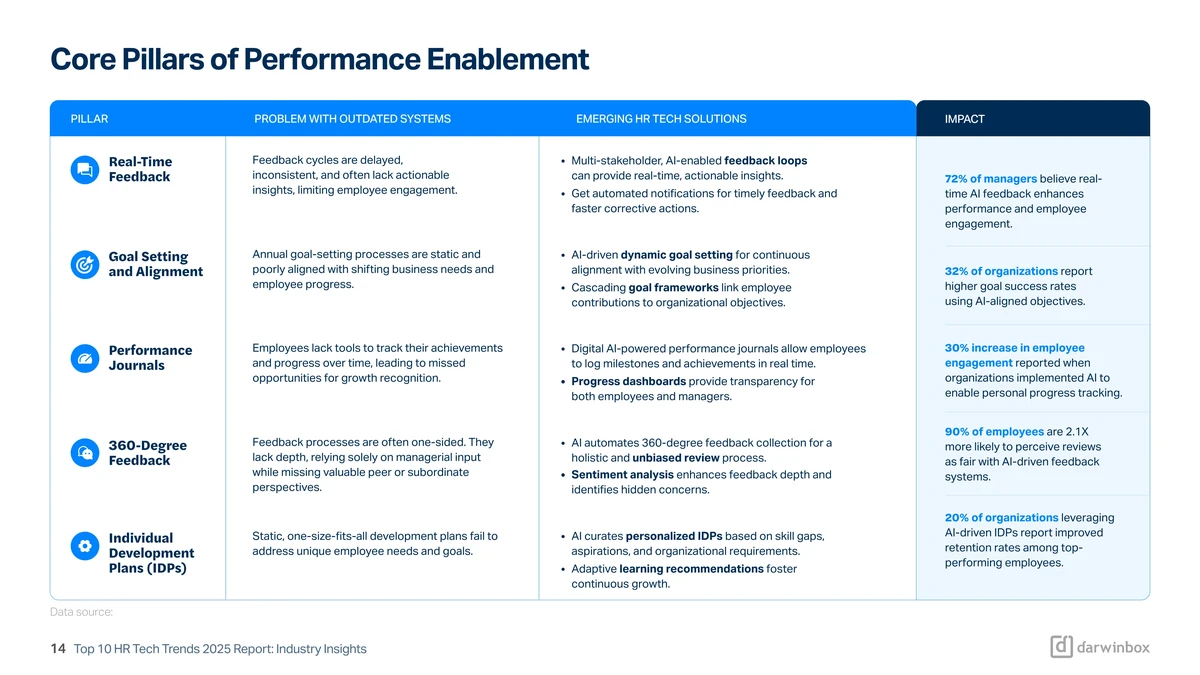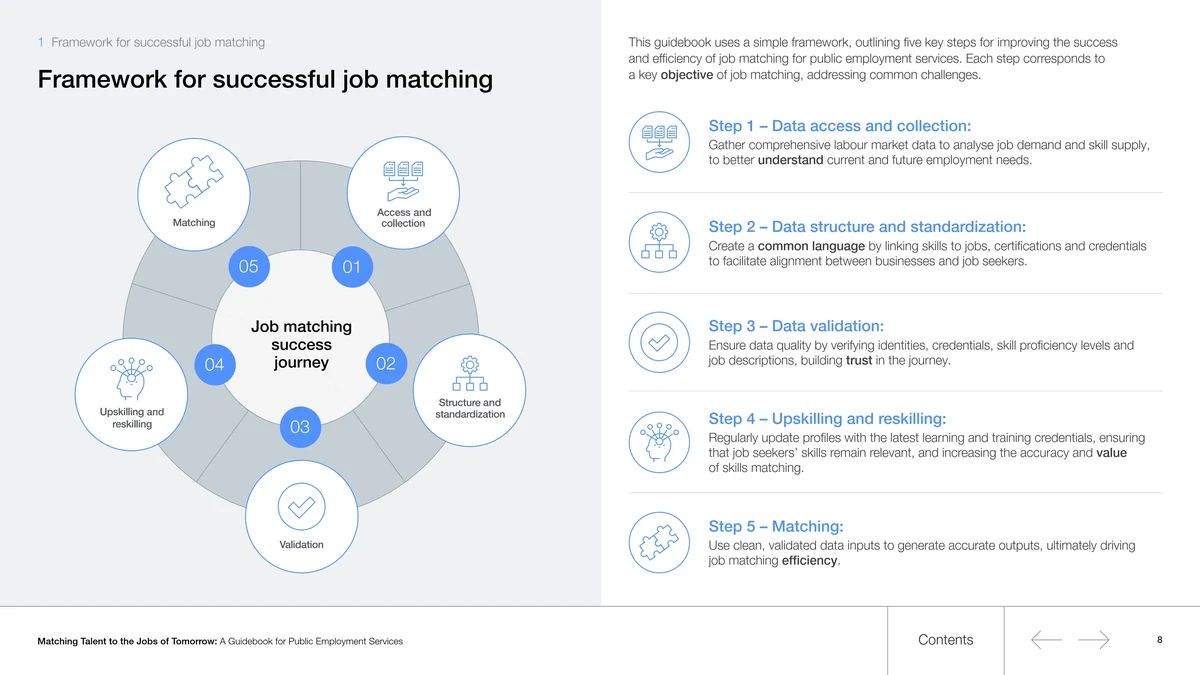=============================================================
In the fast-paced world of perpetual futures trading, managing risk is crucial to sustaining profitability and safeguarding against large, unforeseen losses. One of the most effective tools for risk management in this domain is the Expected Shortfall (ES) framework, which has emerged as a key concept for both institutional investors and individual traders. Unlike the traditional Value at Risk (VaR), Expected Shortfall measures not only the probability of loss but also the potential size of that loss in extreme market conditions, making it a more comprehensive risk metric.
This article delves into the Expected Shortfall (ES) framework and its application for managing perpetual futures positions. We will explore its relevance, calculation methods, and how it compares with other risk management techniques. Additionally, we will discuss the importance of Expected Shortfall in real-time trading strategies and its role in optimizing risk-adjusted returns.
What is Expected Shortfall (ES)?
Definition and Concept
Expected Shortfall (ES), also known as Conditional Value at Risk (CVaR), refers to the average loss expected in the worst-case scenarios beyond a certain quantile of the distribution of returns. For instance, if we define the 95% confidence level for risk, ES represents the average loss in the worst 5% of cases. This makes it a more insightful measure compared to VaR, which only estimates the maximum potential loss at a given confidence level without considering the magnitude of losses that exceed that threshold.
Formula:
ESα=−11−α∫α1VaR(u)duES_{\alpha} = - \frac{1}{1-\alpha} \int_{\alpha}^{1} VaR(u) duESα=−1−α1∫α1VaR(u)du
Where:
- α\alphaα is the confidence level (e.g., 0.95 for 95% confidence).
- VaR(u) represents the Value at Risk at level u.
Why Expected Shortfall is Important in Perpetual Futures
In perpetual futures trading, the absence of an expiration date and the volatility of cryptocurrencies or other underlying assets create unique risk exposures. Traditional risk measures like VaR are useful but fall short when extreme tail risks are involved. Expected Shortfall helps quantify these tail risks, allowing traders and risk managers to more effectively prepare for significant price shocks or market liquidity crises.
- Better Tail Risk Measurement: While VaR might tell you how much risk exists up to a certain quantile (e.g., 1%), ES reveals the risk further into the tail, thus providing a more complete picture.
- Non-Linear Behavior: In perpetual futures, the dynamics are not always linear; price movements can exhibit extreme swings, which Expected Shortfall can capture more effectively than VaR.
How to Calculate Expected Shortfall for Perpetual Futures
Method 1: Historical Simulation
One of the simplest ways to estimate Expected Shortfall is by using historical simulation, which involves analyzing historical data of perpetual futures contracts to estimate potential losses under various market conditions.
Steps:
- Collect a time series of returns from past perpetual futures contracts (typically over a rolling window of data).
- Sort the returns in ascending order.
- Identify the tail losses that fall below the chosen VaR threshold (e.g., 5% worst outcomes).
- Calculate the mean loss of these worst-case scenarios.
Method 2: Monte Carlo Simulation
For more sophisticated risk models, Monte Carlo simulations can be used to model a wide range of potential price paths for perpetual futures based on stochastic processes (e.g., Geometric Brownian Motion). These simulations generate thousands of random paths, from which the Expected Shortfall is calculated by taking the average of the worst losses.
Steps:
- Define the model for asset price dynamics (e.g., Brownian motion or other asset-specific models).
- Simulate a large number of price paths based on the model.
- Compute the returns at each time step and sort them to identify the worst tail outcomes.
- Calculate the average of the worst outcomes beyond the VaR threshold.
Advantages of Monte Carlo Simulations:
- Flexibility in modeling complex asset dynamics.
- Ability to incorporate various types of randomness and volatility models.
Expected Shortfall vs. Value at Risk (VaR)
While VaR remains a widely used risk management tool, it has its limitations. VaR simply provides a threshold beyond which the probability of loss is low. However, it doesn’t tell you the magnitude of the loss if it exceeds that threshold. Expected Shortfall overcomes this by providing the average loss in the worst cases, which offers a deeper insight into risk management for perpetual futures traders.
| Metric | Value at Risk (VaR) | Expected Shortfall (ES) |
|---|---|---|
| Risk Measure | Threshold-based, risk of loss | Average loss beyond the threshold |
| Limitation | Does not account for extreme tail risk | Captures tail risk, more comprehensive |
| Use Case | General risk assessment | Extreme event risk management |
How Expected Shortfall Improves Perpetual Futures Models
1. More Accurate Risk Assessment
In perpetual futures trading, unexpected events such as market crashes or sudden price volatility can trigger significant losses. ES helps traders model such extreme events more accurately, enabling them to better prepare for and manage risks associated with tail events.
2. Enhanced Portfolio Management
For portfolio managers, incorporating Expected Shortfall into their models enhances decision-making by better accounting for the potential of large adverse movements. It allows them to diversify risk more effectively by assessing how much they could lose in the worst-case scenarios.
Example:
A perpetual futures portfolio may include a mix of Bitcoin and Ethereum contracts. Expected Shortfall analysis could show that, in a crisis scenario, Bitcoin may experience much larger losses compared to Ethereum. This insight would prompt the trader to adjust their portfolio composition.
3. Risk-adjusted Performance Optimization
By using Expected Shortfall, traders can optimize their risk-adjusted returns more accurately. Unlike VaR, which might understate the potential for extreme loss, Expected Shortfall gives a clearer picture of risk exposure in volatile market conditions. This allows for better execution of trades and risk hedging strategies.

Application of Expected Shortfall in Perpetual Futures Risk Management
1. Risk Mitigation Techniques
Incorporating Expected Shortfall into trading strategies allows traders to manage positions more effectively, especially in markets with high volatility. By setting risk thresholds based on ES values, traders can take preventive measures before entering positions that could lead to excessive losses.
Practical Application:
For example, traders can use Expected Shortfall to decide the maximum allowable loss on a position. If the ES exceeds a certain threshold, it may trigger an automatic stop-loss or portfolio rebalancing.
2. Dynamic Hedging
By regularly calculating Expected Shortfall for open positions, traders can adjust their hedging strategies in real-time. This helps them react quickly to sudden shifts in the market, especially when dealing with the unpredictable price movements typical of perpetual futures contracts.

FAQ: Expected Shortfall in Perpetual Futures Management
1. Why is Expected Shortfall preferred over VaR in perpetual futures?
While VaR is a popular risk metric, it only measures the potential loss up to a given confidence level and does not account for the severity of losses beyond that level. Expected Shortfall, however, quantifies the average loss in the worst-case scenarios, making it a more comprehensive tool for risk management in perpetual futures.
2. How does Expected Shortfall minimize risk in perpetual futures?
By considering tail risks and extreme market events, Expected Shortfall provides a more accurate representation of the potential downside in perpetual futures trading. This enables traders to make more informed decisions and implement appropriate risk controls, reducing the likelihood of substantial losses.
3. Can Expected Shortfall be used for all types of futures contracts?
Yes, Expected Shortfall can be used for any type of futures contract, including perpetual futures. It is particularly useful for assets with high volatility, such as cryptocurrencies, where market movements can be unpredictable, and traditional risk metrics like VaR may not be sufficient.

Conclusion
The Expected Shortfall framework is an essential risk management tool for perpetual futures traders, offering a more comprehensive and accurate way to assess potential losses, especially in volatile markets. By incorporating ES into trading models, traders and portfolio managers can enhance their ability to manage risk, optimize performance, and avoid substantial losses from tail events.
For anyone involved in perpetual futures trading, understanding and utilizing Expected Shortfall is crucial for minimizing risk and ensuring long-term profitability in an unpredictable market environment.